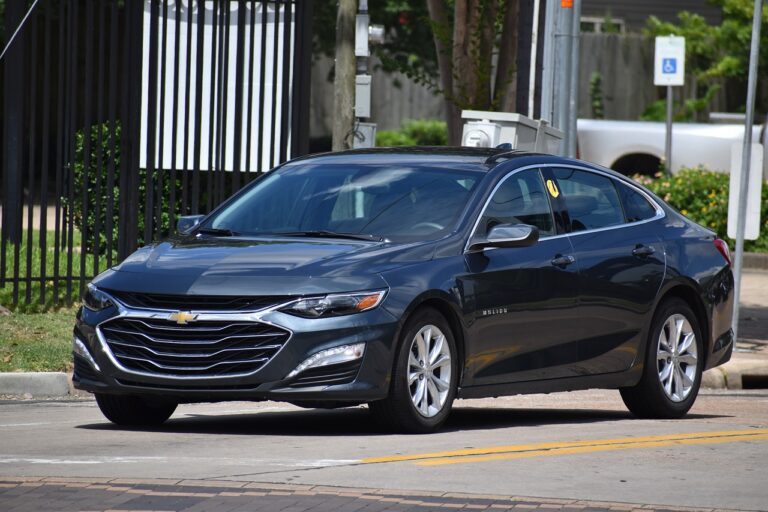The Evolution of Car Battery Technology: From Lead-Acid to Lithium-Ion
The early days of car batteries date back to the late 19th century when automobiles were just starting to gain popularity. During this time, vehicles relied on primitive electrical systems that were powered by basic, non-rechargeable batteries. These early batteries were often made of glass cells filled with a solution of sulfuric acid and lead plates, providing limited electrical power for essential functions like ignition and lighting.
As automotive technology advanced in the early 20th century, the need for more reliable and efficient power sources became apparent. This led to the emergence of lead-acid batteries, which quickly became the standard for automotive electrical systems. Lead-acid batteries offered a more stable and longer-lasting power supply compared to their predecessors, paving the way for the modern car batteries that we rely on today.
The Emergence of Lead-Acid Batteries
Lead-acid batteries emerged in the late 1850s and quickly gained popularity due to their efficiency and reliability. With the invention of the lead-acid battery by French physicist Gaston Planté, the automotive industry saw a significant advancement in energy storage technology. These batteries were a game-changer for early automobiles, providing a consistent source of power for ignition and lighting systems.
The lead-acid battery’s ability to deliver high currents and withstand frequent recharging made it a suitable choice for the evolving automotive industry. As more vehicles started to rely on internal combustion engines, the demand for a dependable power source grew. Lead-acid batteries were affordable and practical, making them the go-to option for manufacturers and consumers alike. This pivotal development marked the beginning of a new era in automotive technology, setting the stage for further advancements in battery technology.
What are lead-acid batteries?
Lead-acid batteries are a type of rechargeable battery that uses a chemical reaction between lead and sulfuric acid to produce electrical energy.
When were lead-acid batteries first used?
Lead-acid batteries were first used in the mid-19th century, with the earliest known patent for a lead-acid battery being filed in 1859.
What are some common applications of lead-acid batteries?
Lead-acid batteries are commonly used in cars, trucks, boats, and other vehicles as starting batteries, as well as in backup power systems for emergency lighting and telecommunications.
How do lead-acid batteries work?
Lead-acid batteries work by converting chemical energy into electrical energy through a series of chemical reactions that take place within the battery cells.
Are lead-acid batteries environmentally friendly?
Lead-acid batteries are not considered environmentally friendly due to the lead content, which can be toxic if not disposed of properly. However, efforts are being made to recycle lead-acid batteries to minimize their environmental impact.





